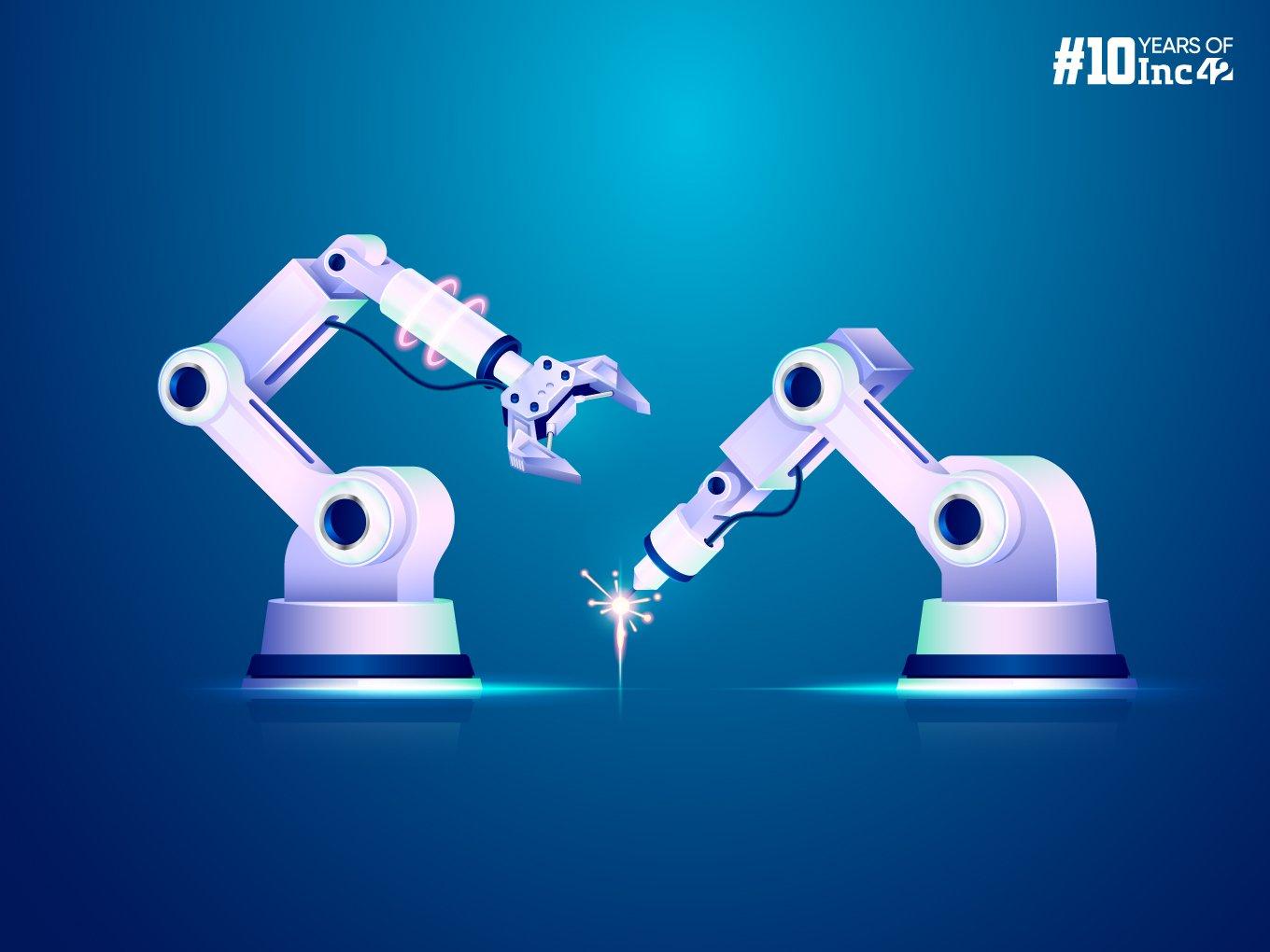What Is Electron Beam Lithography?
Electron beam lithography (EBL) is a technique for creating high-resolution patterns on a semiconductor substrate by directing a beam of electrons to selectively modify a thin layer of electron resist.
The resist is a photosensitive material that changes its solubility upon exposure to electrons. This change in solubility can be either positive (increased solubility) or negative (decreased solubility) depending on the type of resist used. This process transfers the pattern defined by the electron beam onto the underlying substrate.
How Does Electron Beam Lithography Work?
Electron beam lithography works like a tiny, digital sculpting process using a focussed beam of electrons. Here’s a breakdown of the steps involved:
- Substrate Preparation: The process starts with a substrate, typically a silicon wafer or another material suitable for microfabrication. This surface is carefully cleaned to remove any contaminants.
- Resist Coating: A thin layer of resist is applied onto the substrate. This resist is sensitive to electrons and comes in two main types: positive resist (becomes more soluble upon electron exposure) and negative resist (becomes less soluble). The resist is often applied using spin-coating, which creates a uniform thin film.
- Electron Beam Exposure: The heart of EBL involves a machine with a special electron gun. This gun generates a beam of electrons that are then focussed to a tiny spot using lenses and apertures. The electron beam is then scanned across the resist-coated substrate in a computer-controlled pattern. This pattern is typically designed using specialised software beforehand. As the beam scans, it interacts with the resist, altering its chemical properties in the exposed areas.
- Development: After exposure, the resist is immersed in a solvent. The type of solvent used depends on the type of resist – for positive resist, the exposed regions will dissolve away, while for negative resist, the unexposed areas will be removed. This step essentially “develops” the pattern the electron beam defines onto the resist layer.
- Pattern Transfer (Optional): A subsequent etching step can be used to transfer the pattern from the resist onto the underlying substrate material. Etching selectively removes material in the areas not protected by the remaining resist, effectively creating the desired features on the substrate.
A point to be noted here is that electron beam lithography machines require a high vacuum environment to allow the electron beam to travel freely without scattering. Further, the complex machinery and precise control needed for electron beam lithography make it a relatively expensive technique compared to other lithography methods.
What Are The Advantages & Disadvantages Of Electron Beam Lithography?
Electron beam lithography (EBL) is a powerful technique for creating high-resolution patterns, but it has pros and cons:
Advantages
- Ultra-High Resolution: EBL excels at creating incredibly small features, reaching resolutions down to a few nanometers. This unmatched precision makes it ideal for cutting-edge research in nanotechnology and miniaturised electronics.
- Maskless Flexibility: Unlike photolithography which relies on pre-made masks, EBL offers great design freedom. The pattern is directly written onto the resist using a computer-controlled beam, allowing for rapid design changes and customisation.
- Environmentally Friendly: EBL has a greener profile as it avoids the use of harsh chemicals often required in mask development processes.
Disadvantages
- Slow and Impractical: EBL’s high precision comes at the cost of speed. The beam’s point-by-point scanning makes it a slow process, unsuitable for high-volume manufacturing.
- Expensive And Complex Setup: The machinery involved in EBL is intricate and requires a high vacuum environment. This translates to a more expensive setup and operation compared to simpler techniques.
- Susceptibility To Errors: The focussed electron beam can be affected by forward and backward scattering, leading to inaccuracies in the final pattern.
Is Electron Beam Lithography Better Than Traditional Lithography Methods?
Both electron beam lithography (EBL) and traditional lithography methods (like photolithography) have their strengths and weaknesses, making them suitable for different applications.
The following is a table comparing some of the features of electron beam lithography with traditional methods:
| Feature | Electron Beam Lithography | Other Lithography Methods |
| Resolution | Highest (nanometer range) | Lower (micrometre range) |
| Design Flexibility | High (maskless) | Lower (requires pre-made masks) |
| Speed | Slow | Faster |
| Cost | Expensive | More affordable |
| Suitability for Mass Production | Not ideal | Ideal |








